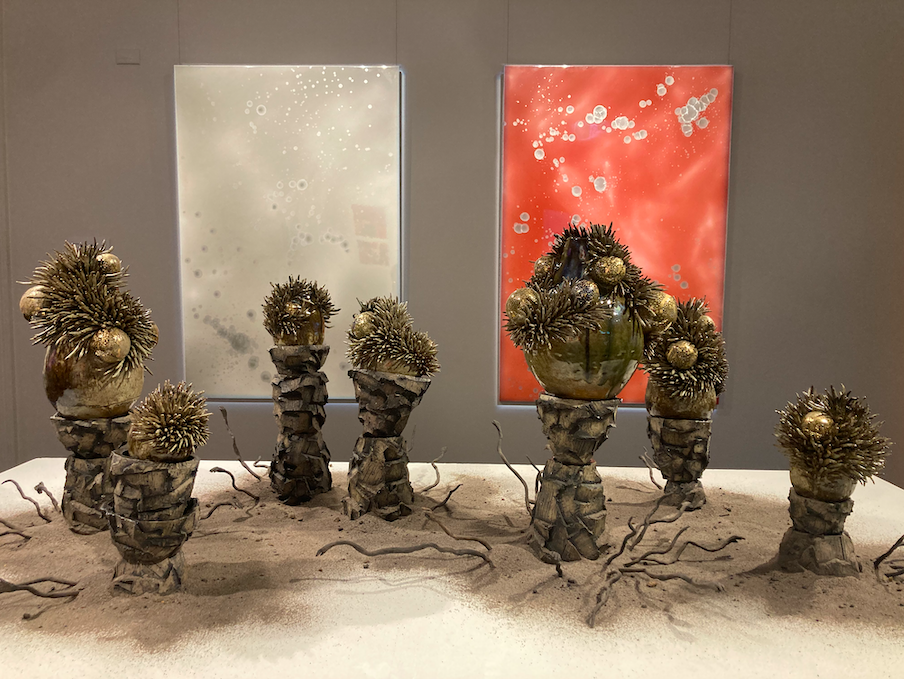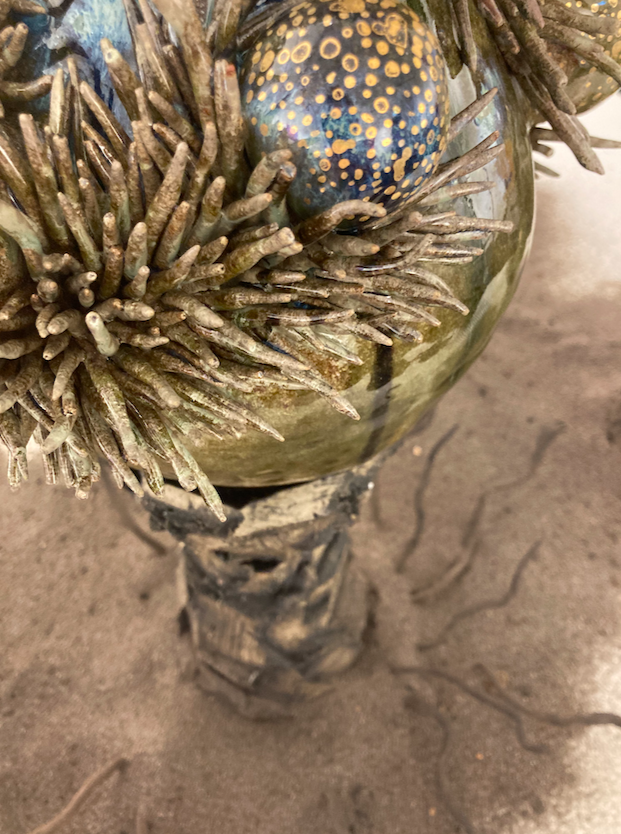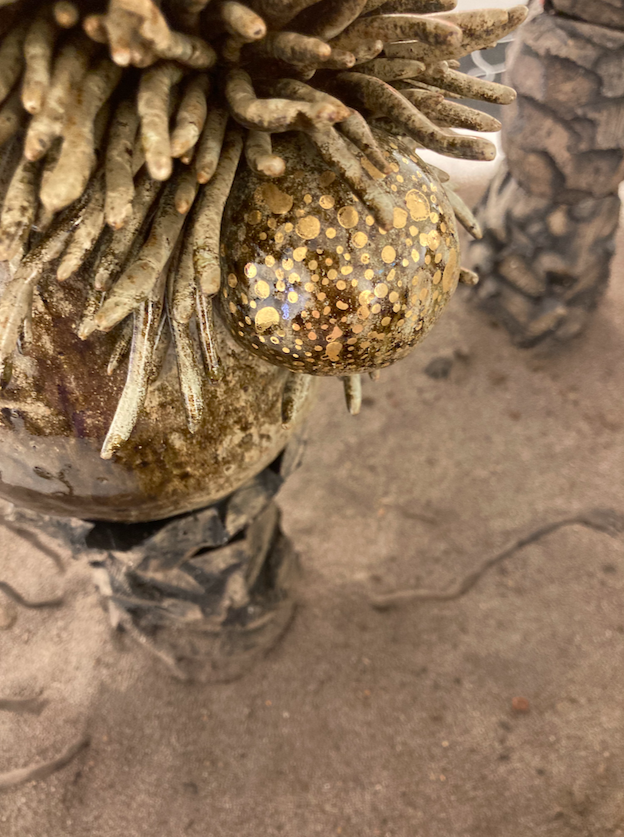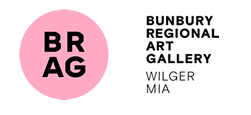Bunbury Biennale 2023
Culture/Nature

The Bunbury Biennale is a major West Australian contemporary art event with an acquisitive component. It was initiated in 1993 with the aim to acquire new works from the Biennale to expand and diversify the City of Bunbury Art Collection. The other purpose of this exhibition is to engage and educate the public on new trends in contemporary arts practices.
Since its inception, the Biennale has been an open platform for artists to present the latest trends in cutting edge contemporary art, pushing boundaries, exploring challenging concepts, and stretching limits.
The 2023 Bunbury Biennale provides the theme Culture/Nature with the purpose of presenting a cohesive survey of WA contemporary arts practices.
Sweeping shifts in our environment, often the result of human activities, are disrupting norms around the world. Civilization as we know it is transitioning through a radical moment in history. While many may feel confounded by the larger threats posed by environmental change, artists, designers, and craftspeople are at the forefront of asking what our relationship to the environment is, has been, and could be, going forward.
Selected Artists: Alex Winner / Pauline White and Julia Sutton / Louise Wells / Sarah Thornton-Smith / Louise Tasker / Sally Stoneman / Helen Seiver / Helen Robins / Fiona Rafferty / Perdita Phillips / Lori Pensini / Sherry Paddon / Holly O’Meehan / Annemieke Mulders / Paul Moncrieff / Rob Kettels / Sarah Keirle / Pablo Hughes / Susan Hauri-Downing / Jillian Green / Miik Green / Fiona Gavino / Elizabeth Edmonds / John Eden / Ian Dowling / Ian Daniell.




Holly O’Meehan’s artwork, Disguising Our Parasitic Tendencies, interrogates the harsh effects current agriculture processes have on the natural environment. Inspired by the unique endemic flora and her connection to the landscapes of the South West and the Great Southern regions, O’Meehan combines this fascination with her experience of growing up on a cropping and cattle farm in regional WA. Even though it’s openly known that mono-cropping is highly destructive to the natural environment, it can be a surprise to learn that the largest parasitic plant in the world is found here in our own backyard, the Nuytsis, Moojar in Nyoongar, a.k.a the WA Christmas Tree. It’s ability to disguise itself in order to hide it’s parasitic nature feels uneasy in its familiarity, acting some what similar to the image farmers portray to the untrained eye. The agriculture and farming culture from this same region similarly hides behind the ideology that we are “feeding the nation”, yet quietly disregarding the land and resources, redirecting it away from the incredibly unique natural vegetation of the region. Where these iconic trees once covered the entire South West regions of WA, they now fill the gaps between farm boundaries and the occasional national park. Has the parasite fallen victim to a newer form of parasite?
